We left Ruston and traveled south by way of the Cane River National Historic Corridor, not knowing what we would see. The first stop was at Oakland Plantation, a French Creole plantation that is managed by the National Park Service. It was converted from a slave plantation to being run by sharecroppers. It served as a community center until the 1960’s, so is pretty well preserved. It was not the “Gone with the Wind Plantation” that we expected to see!
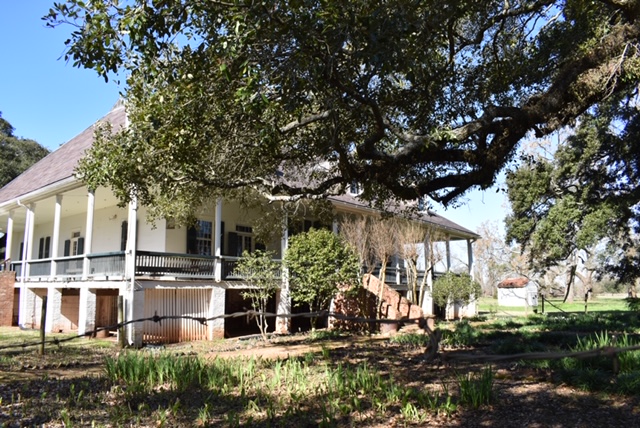
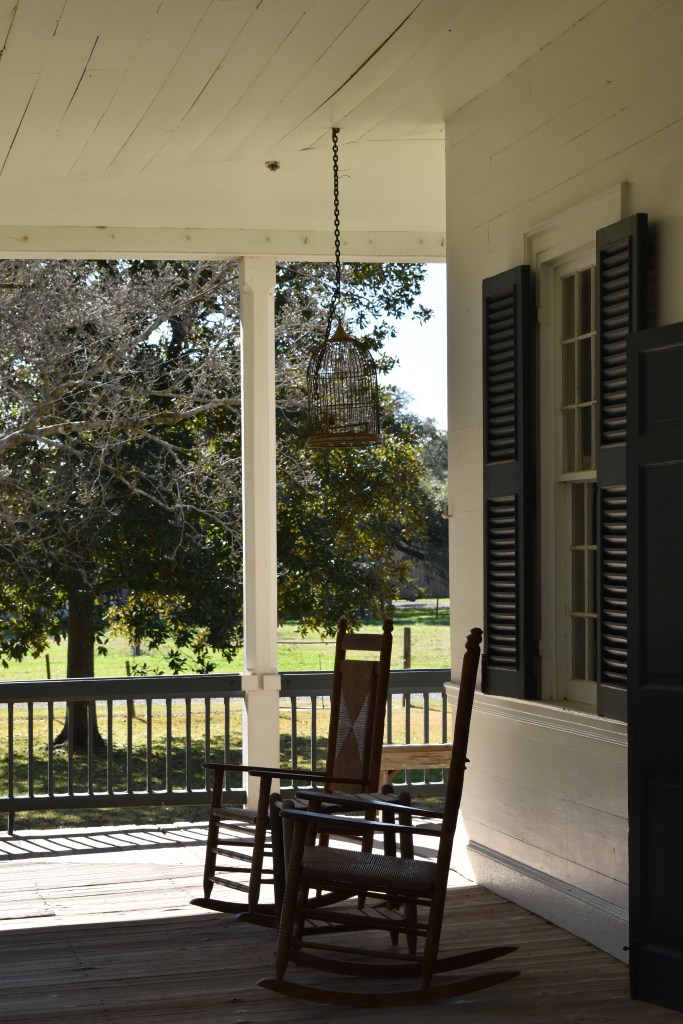
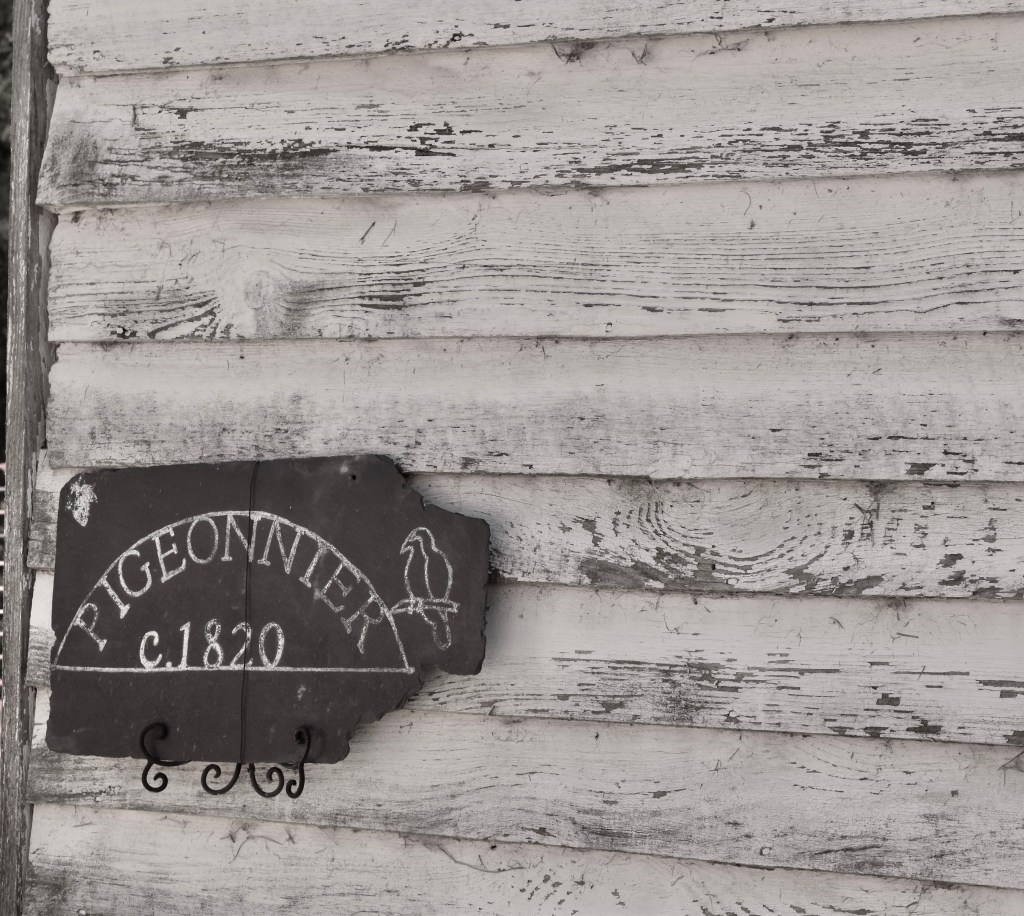
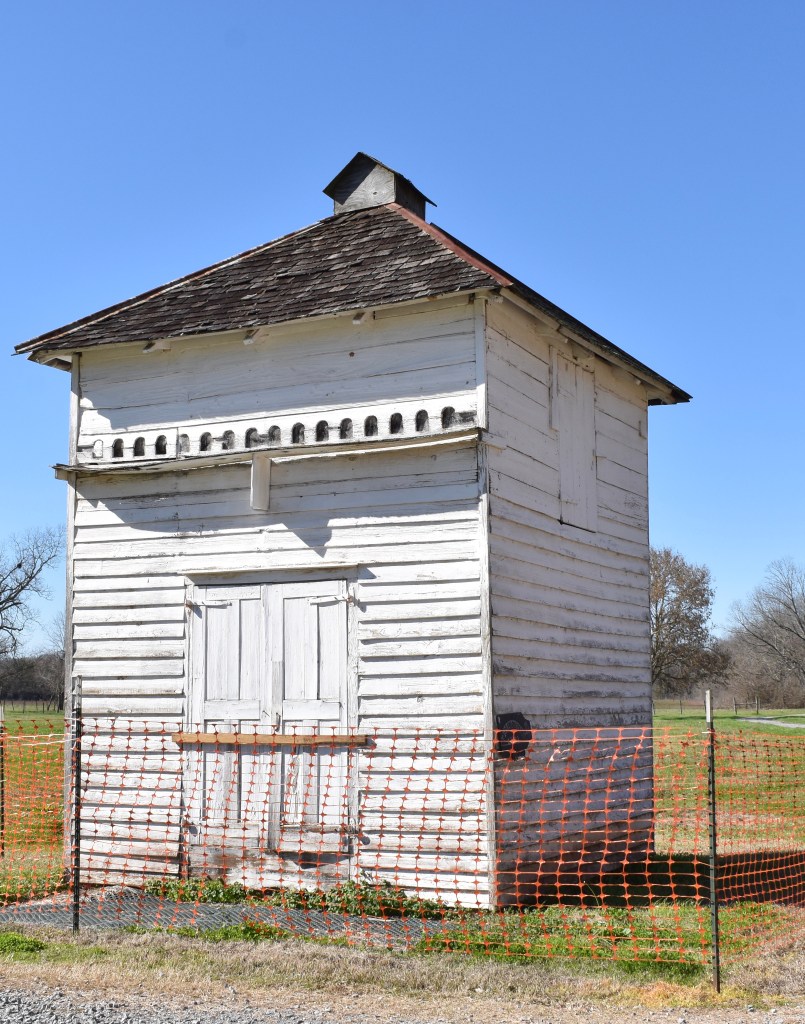
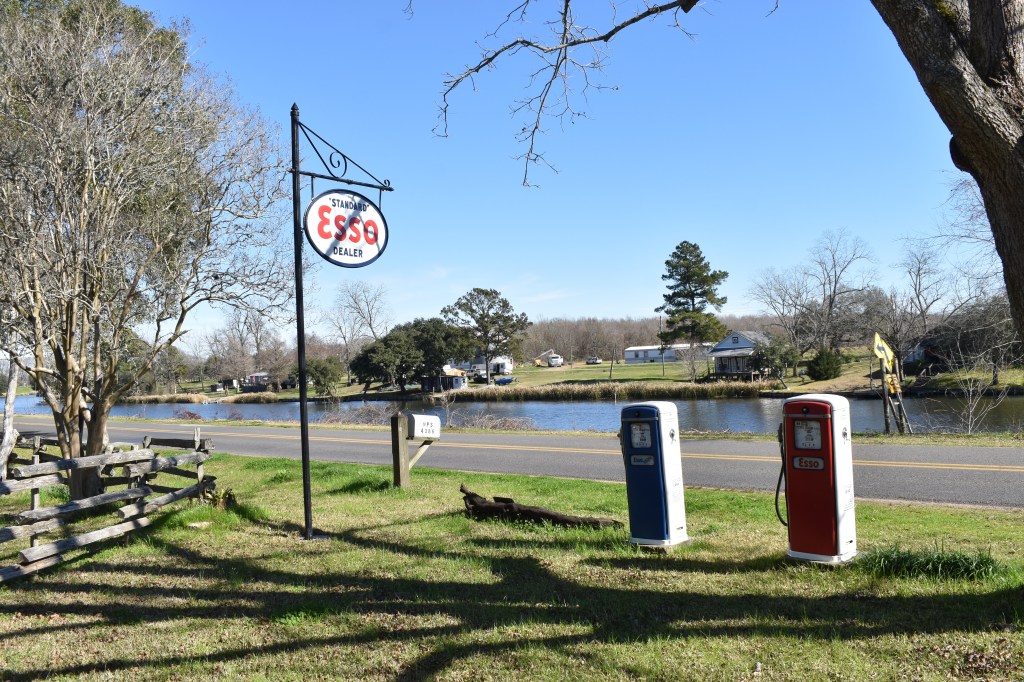
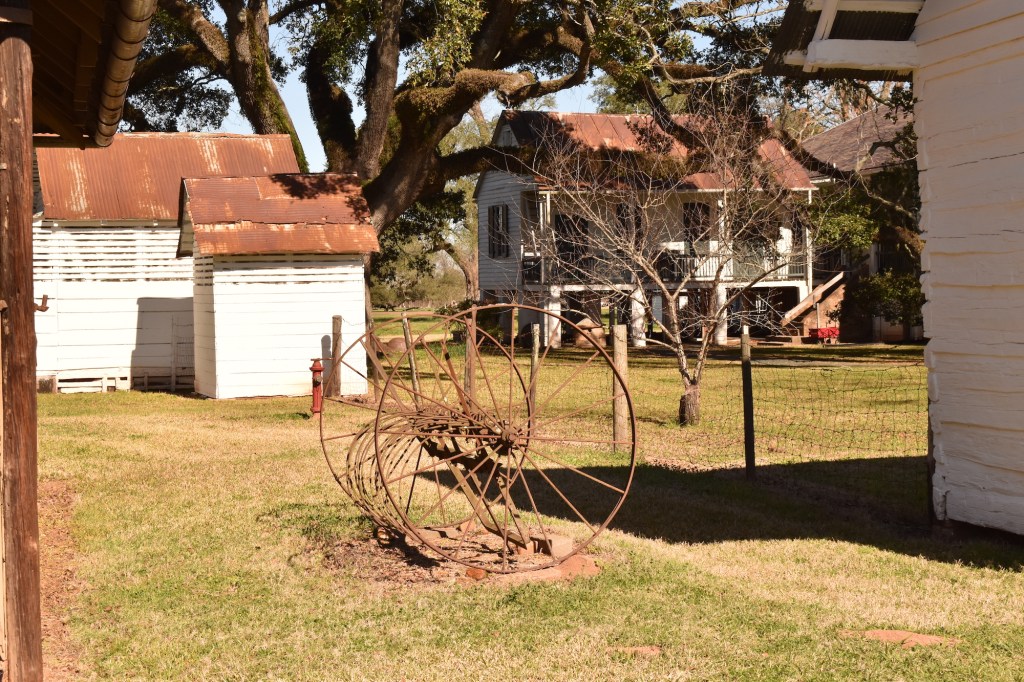
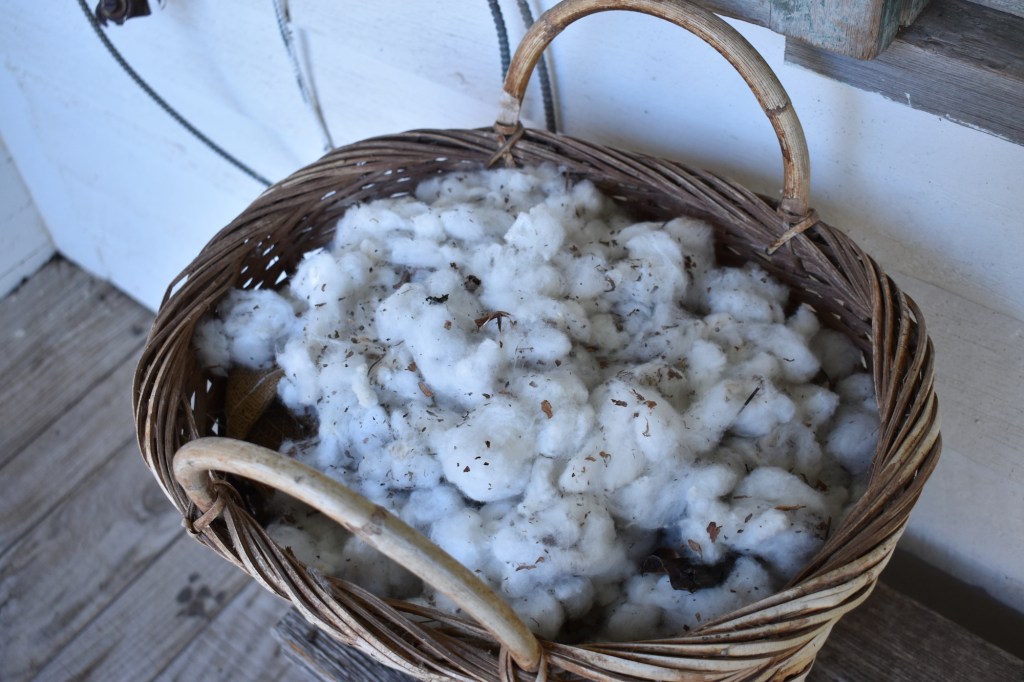

We continued south along the Cane River Corridor, which is beautiful, and hoped to visit another plantation.
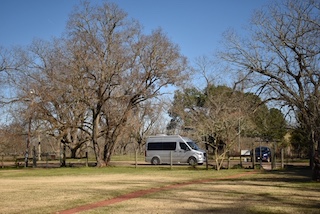
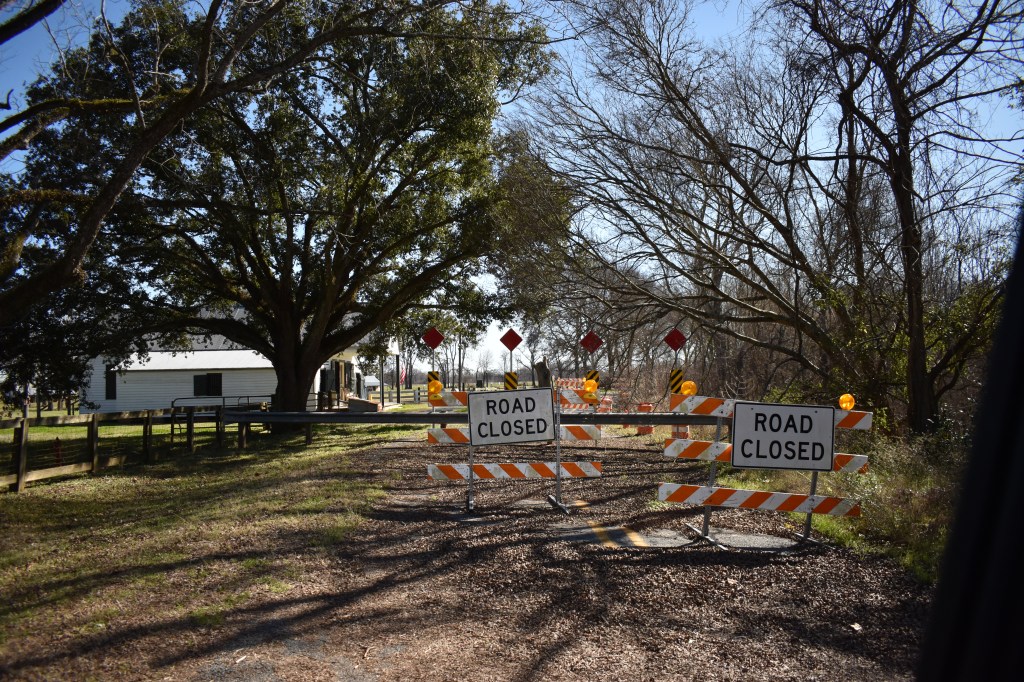
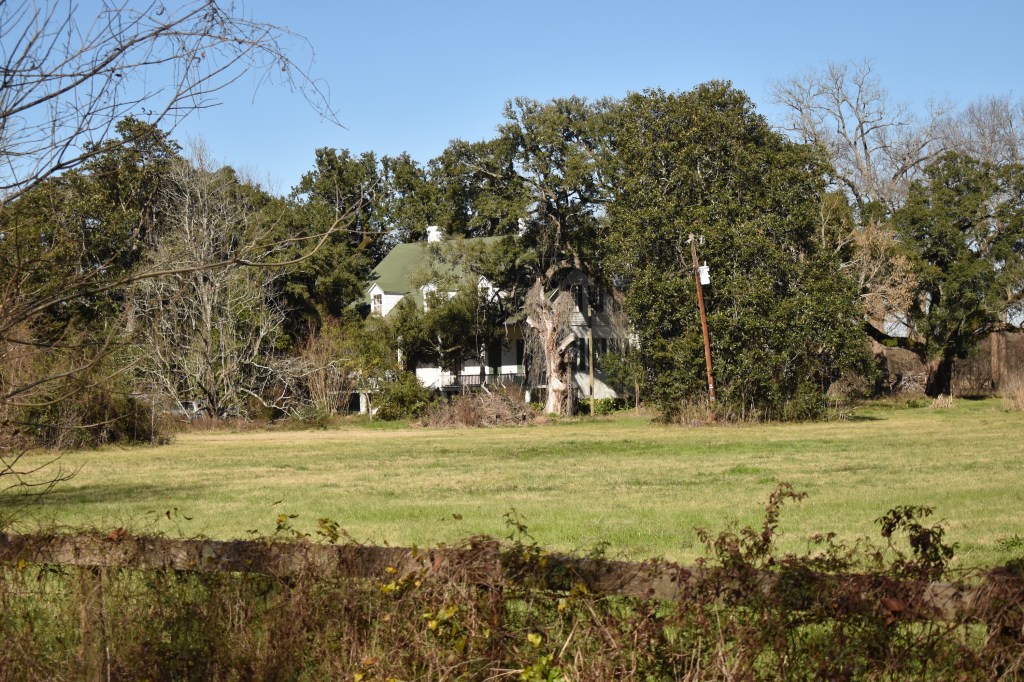
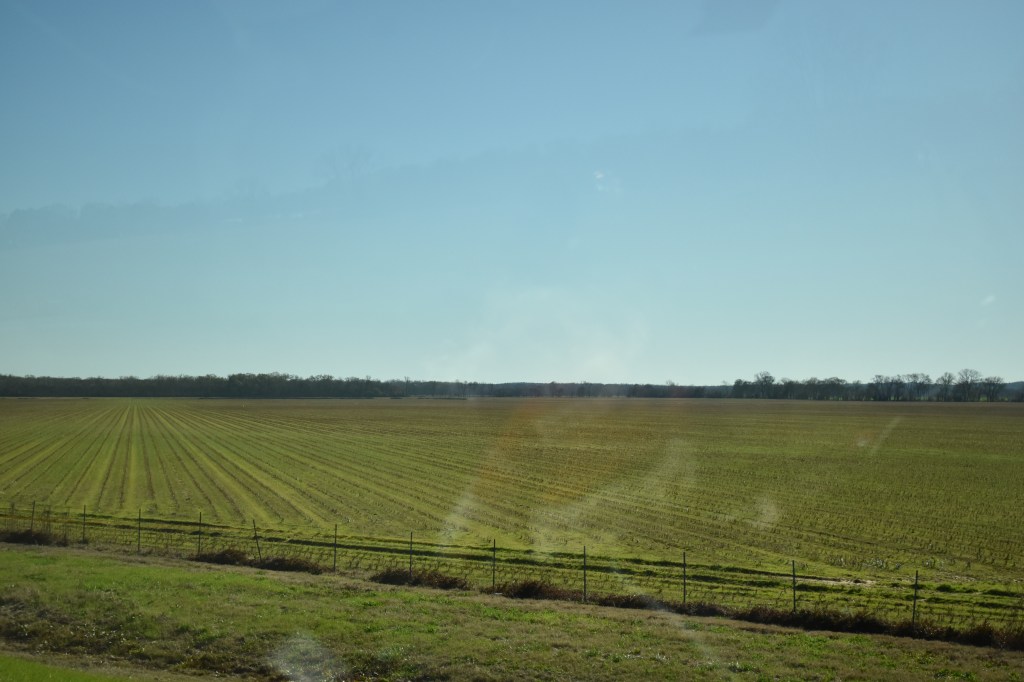
Eventually we arrived in Vidalia, Louisiana, on the western bank of the Mississippi River where we had reserved a space at the River View RV Park for two nights. This was our first experience in a park lying between the levee and the river, a vulnerable location. Vidalia is directly across the river from Natchez, Mississippi. Our first evening was spent walking along the nice public riverfront trail in Vidalia.
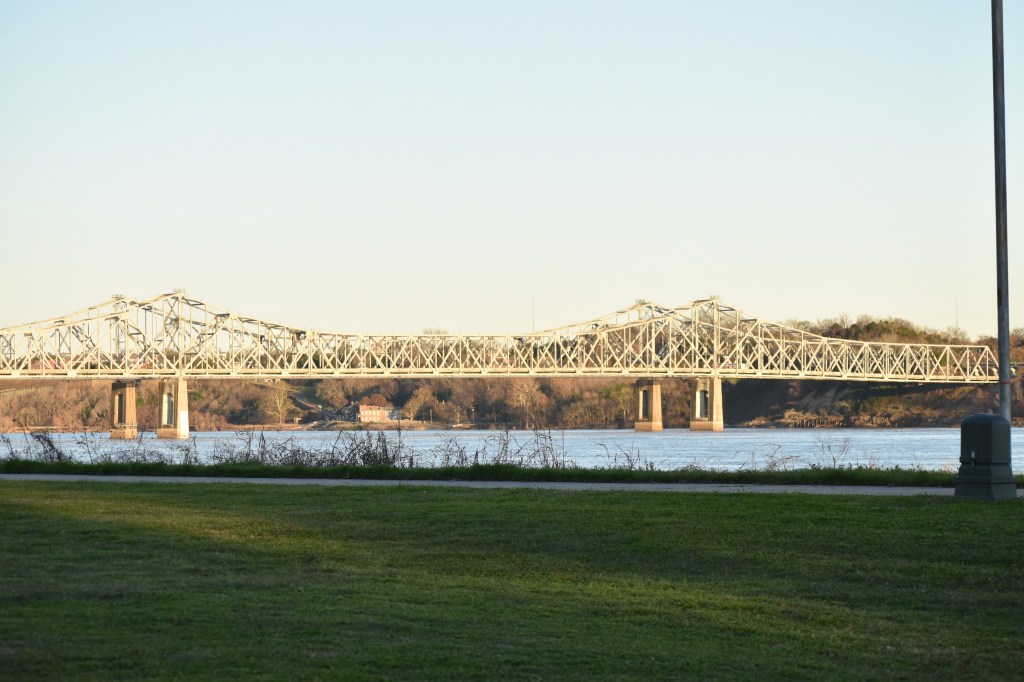
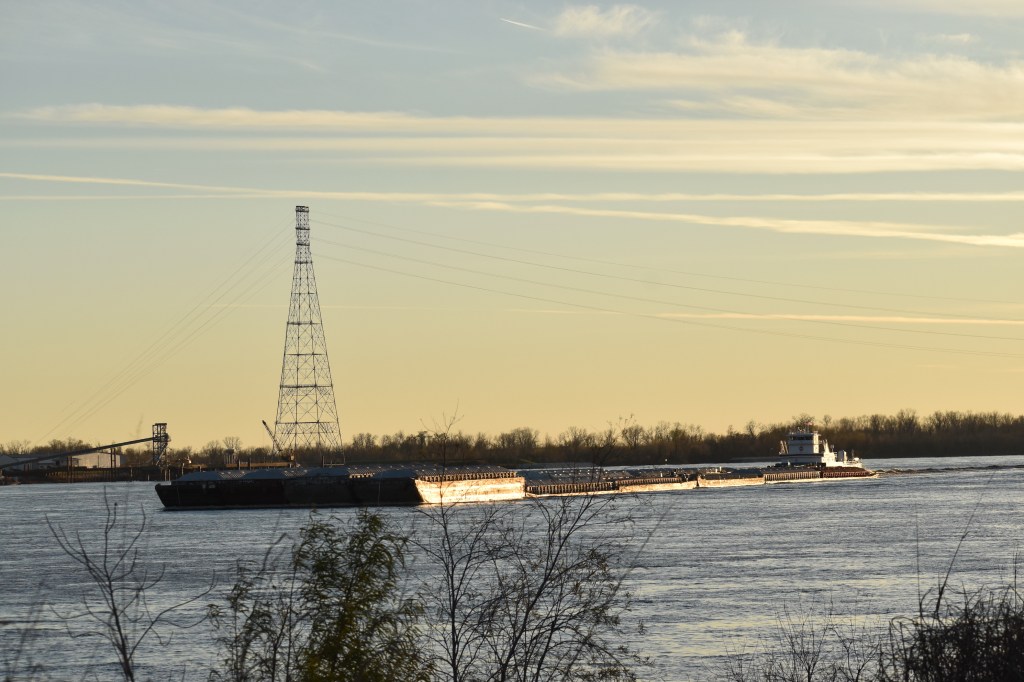
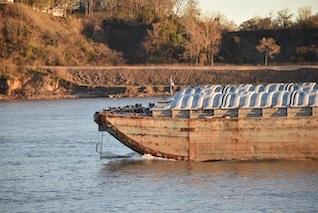

You can take the woman away from the ocean, but she does not lose her fascination for the water.
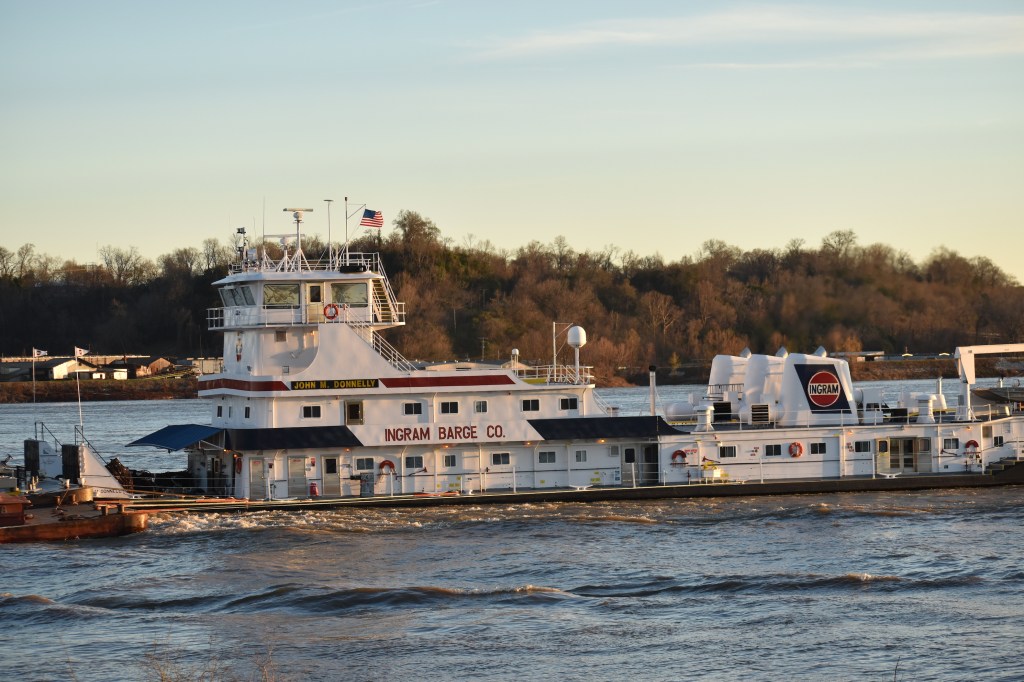


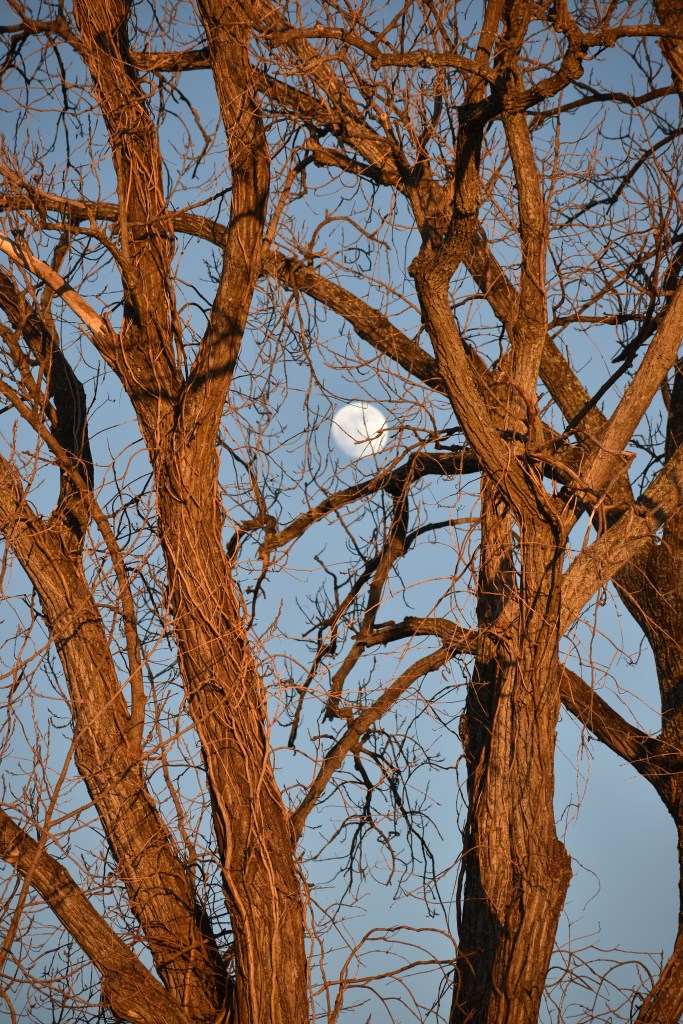
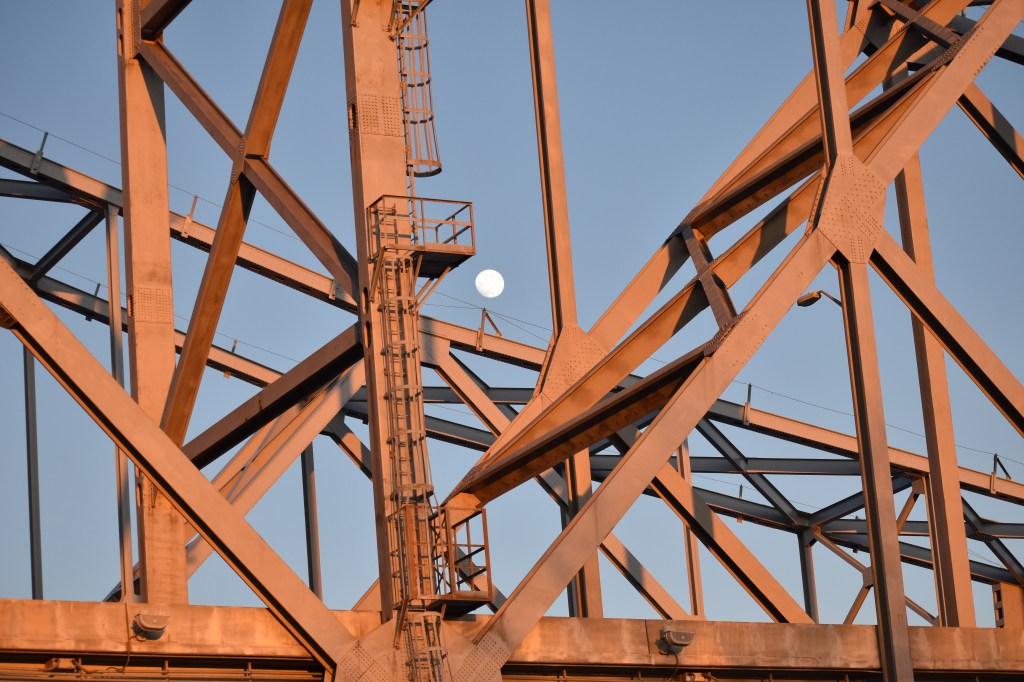

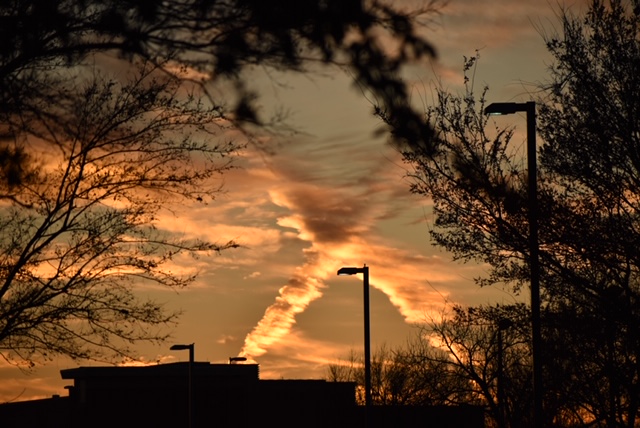
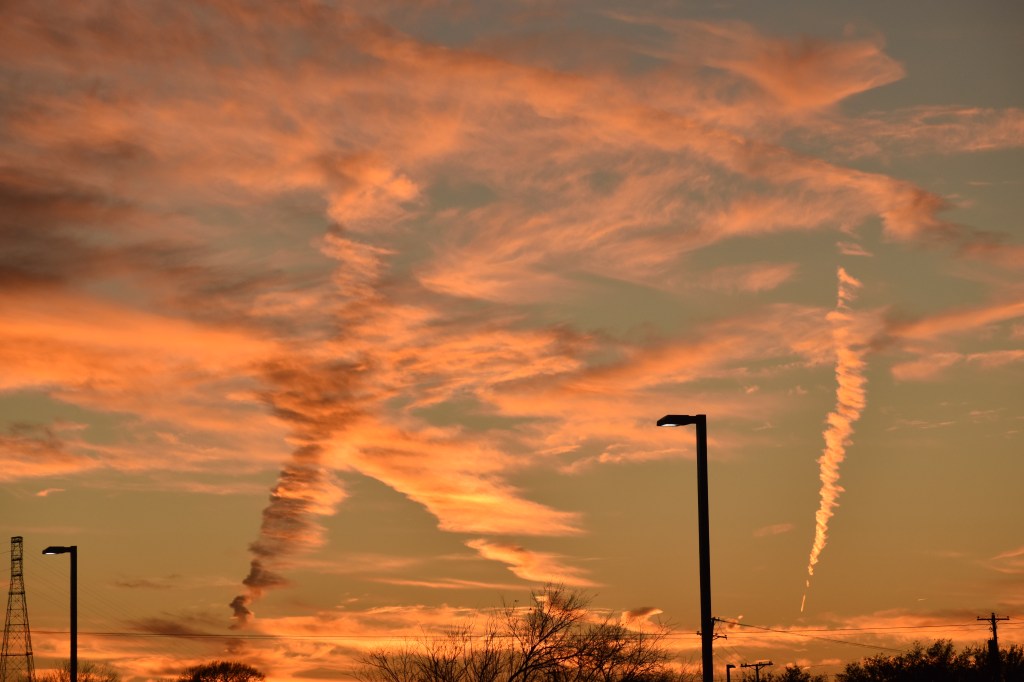
Who is taking the pictures? You are PHENOMENAL photographers. Time to think about that book deal.
Looks like so much fun. Patricia
LikeLiked by 1 person
Loved the Esso sign. Haven’t one of those in these parts for about seventy years.
Susanna
LikeLiked by 1 person